Mozilla is sneakily trying to set Firefox as your default browser straight from the download page
Here's how Firefox's new Experiment could change your default browser
4 min. read
Updated on
Read our disclosure page to find out how can you help Windows Report sustain the editorial team. Read more

Mozilla is planning an experiment in Firefox 134 Beta, and possibly in Firefox 135, that will allow users to set Firefox as the default browser right from the start of the installation process through a cleverly designed download link.
Firefox’s default browser experiment on Windows 11
The experiment involves a mechanism that sets Firefox as the default browser based on an attribution campaign. When a user downloads Firefox from the specific marketing page and an attribution campaign ID of set_default_browser is detected in the stub installer, Firefox will automatically be set as the default browser on the first run.
Mozilla’s implementation
This patch adds a startup idle task that sets the browser as default if an attribution campaign ID of ‘set_default_browser’ is present on the first run. This patch supports an upcoming experiment where users will have the option to ‘download as default’ via the stub installer marketing page.
Mozilla notes in a bug report titled Support setting Firefox as default based on installer attribution campaign.
Here’s the whole step by step process
Step 1: Users download Firefox from the marketing campaign URL.
Step 2: During installation, the setup presents options ticked by default: Pin Firefox to the taskbar, Set Firefox as the default browser, and Import from the previous browser.

Step 3: Users can choose to Save and continue or Skip this step. If proceeding, the Windows 11 settings default apps page opens (Apps > Default apps > Firefox) to set Firefox as the default browser. Clicking Set default will make Firefox the default browser.
Step 4: Import Browser Data: The setup wizard then offers to import browser data with options to select from, which can also be skipped.
Step 5. Customize Firefox: Users are asked to customize Firefox with popular extensions like Privacy Badger, Facebook Container, and Clear URLs. This step can be skipped as well.
Step 6. Download for Mobile: Users are prompted to use a QR code to download Firefox for mobile or send themselves a download link.
Finish Setup: The toolbar option Finish setting up Firefox shows completed steps like setting Firefox as the default browser and indicates any steps not completed, such as pinning Firefox to the taskbar, importing data from the previous browser, adding an extension, and signing up or signing into a Firefox account.
This experiment is designed to be low-risk by being gated behind a specific attribution campaign. This means that not all users who download Firefox will be included in the experiment. By limiting the experiment to users who come from the marketing page with the designated campaign ID, Mozilla can track the impact of the change on a specific group of users.
By simplifying the default browser setting process, Mozilla hopes to encourage more users to choose Firefox as their primary browser.
Apart from Firefox’s marketing campaign on the Default browser, Mozilla is working on several new features for Firefox. These include a Fakespot-powered deepfake text detector to identify AI-generated content, a unified button in the address bar for easier search engine switching, and the ability to enable the Mica effect for a visually appealing interface.
What’s your take on this Firefox experiment? Which browser do you use as default on Windows? Why are you not switching to Firefox? Let us know your thoughts in the comments below.
Update: Mozilla Spokesperson has sent the following statement to WindowsReport.
At Mozilla, we’re continually exploring ways to simplify and add value to our customers’ browsing experience. As with any experiment, we will learn and iterate, before making a final decision, while making certain to respect the expressed preferences of our Firefox users

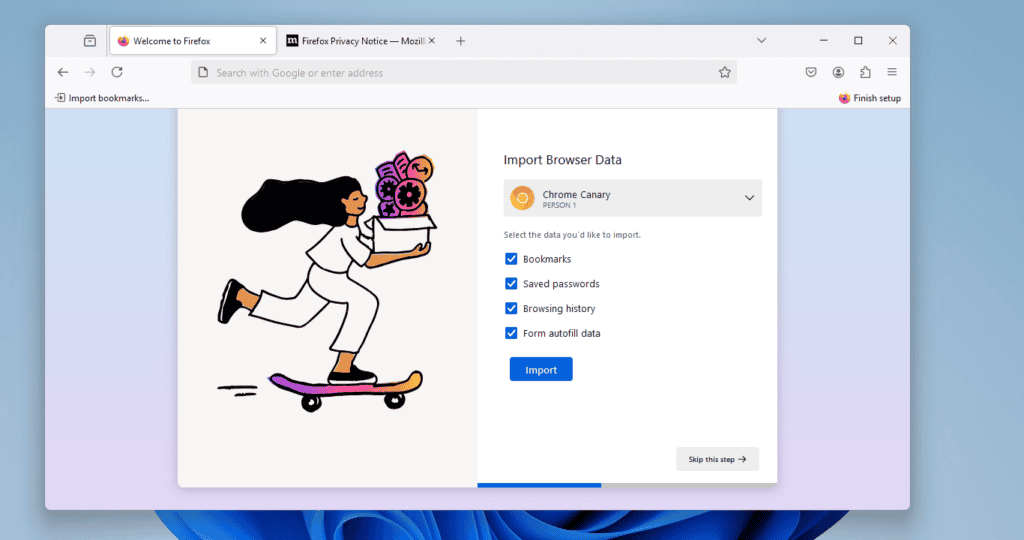
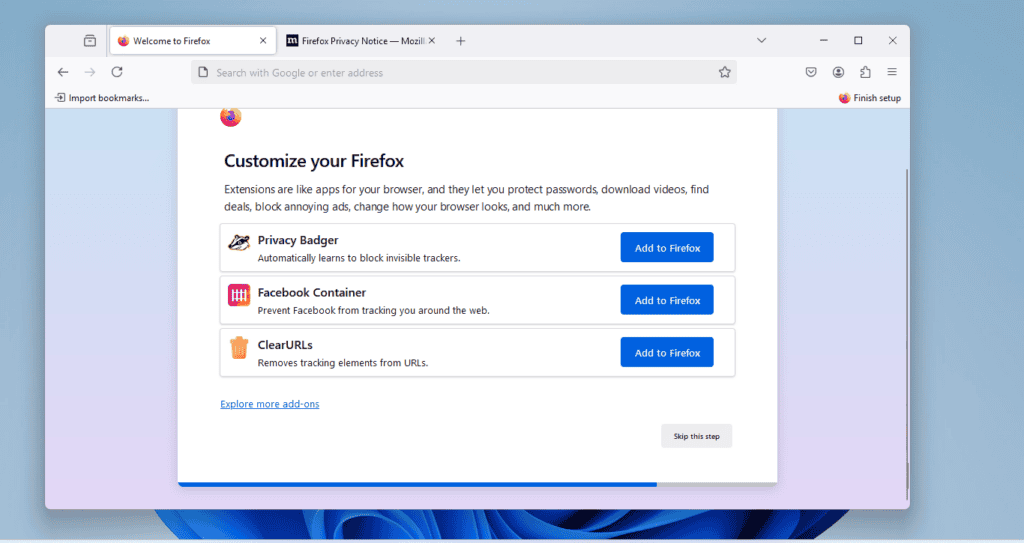
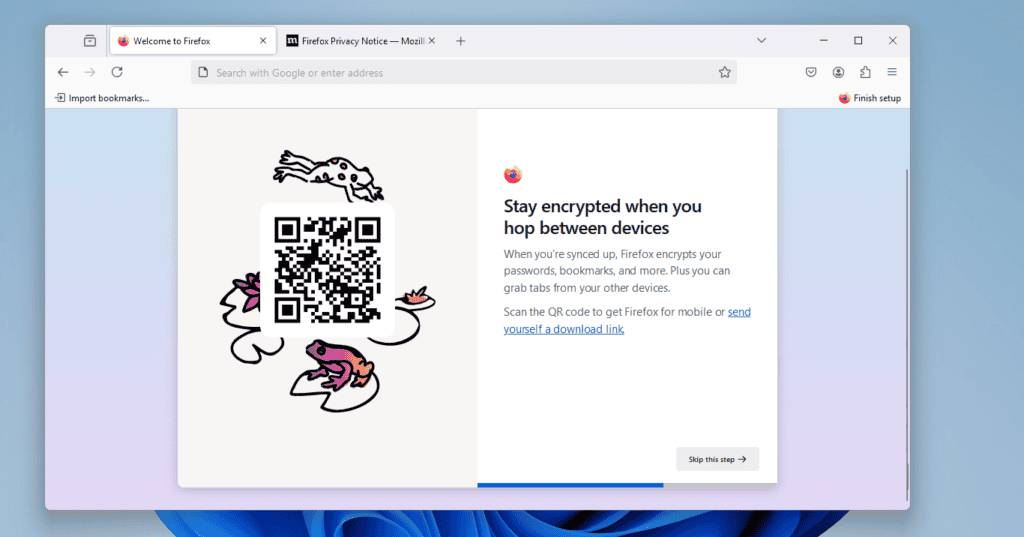
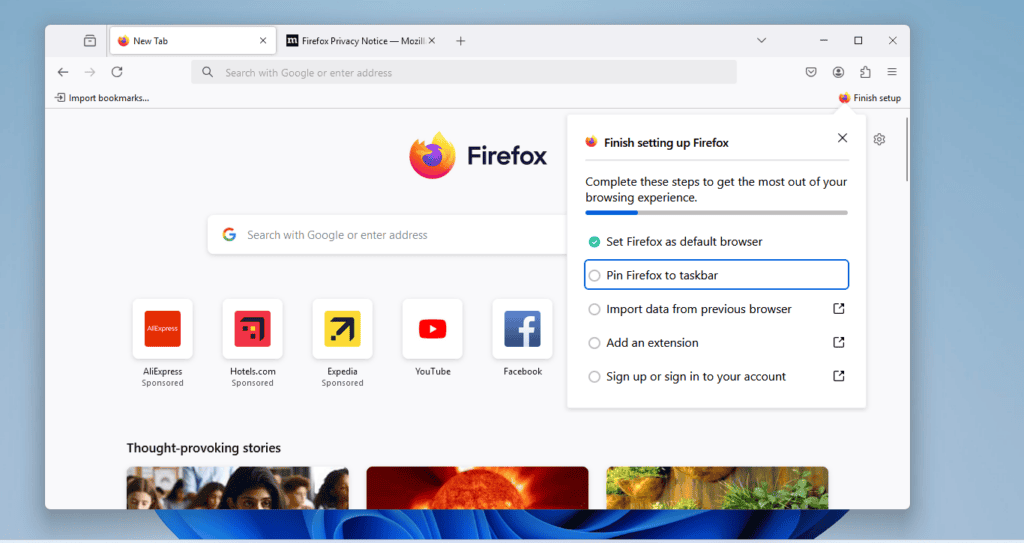

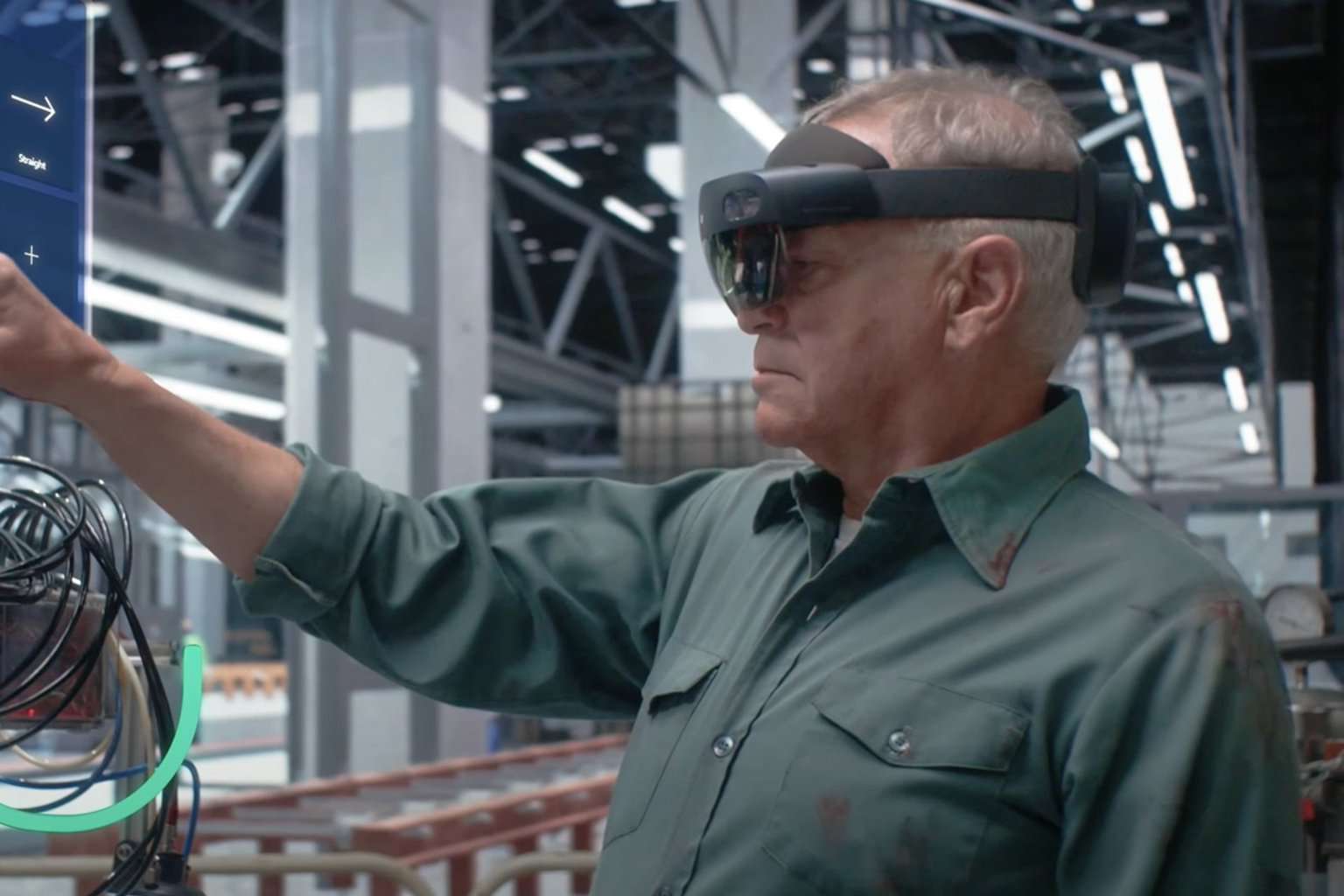


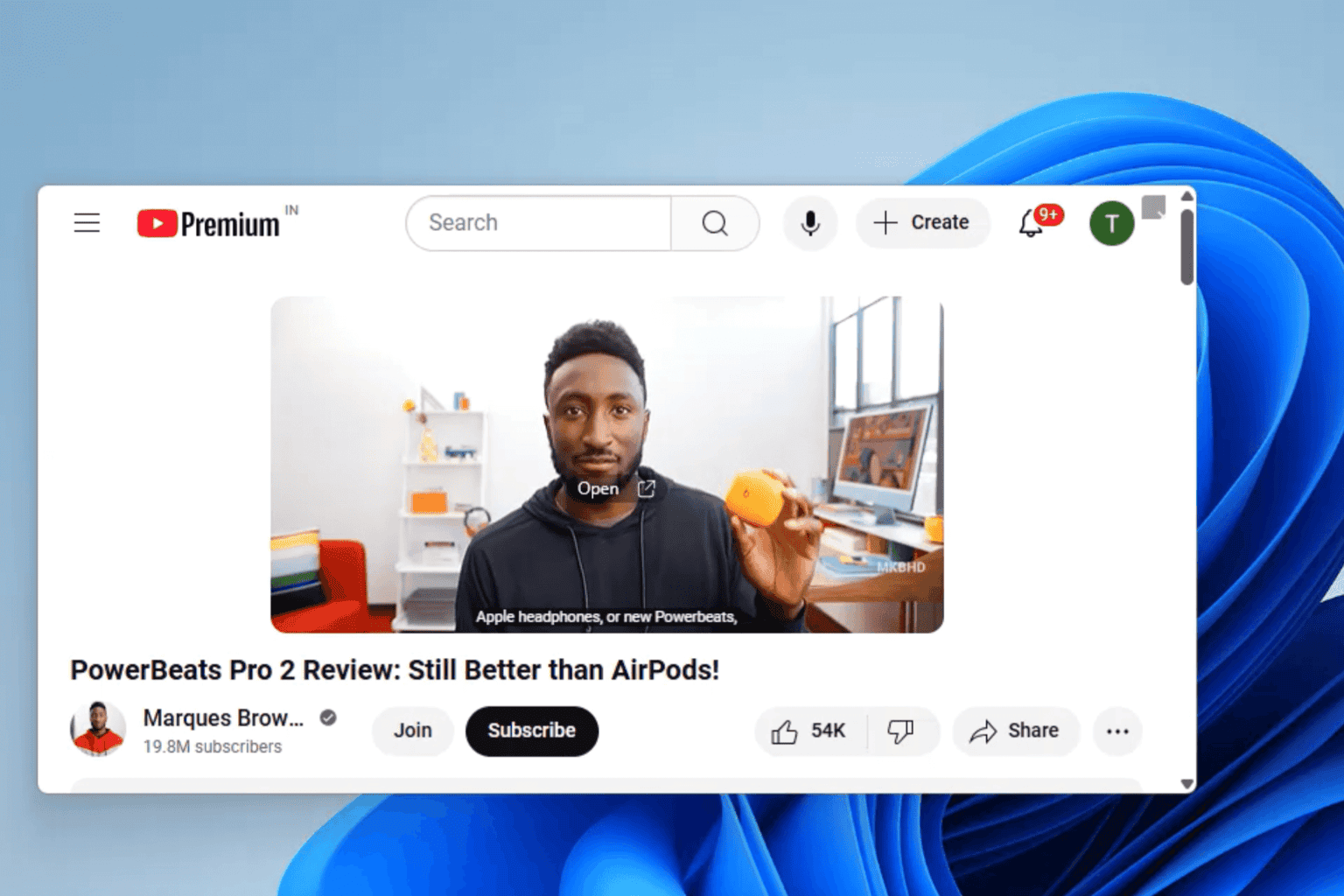
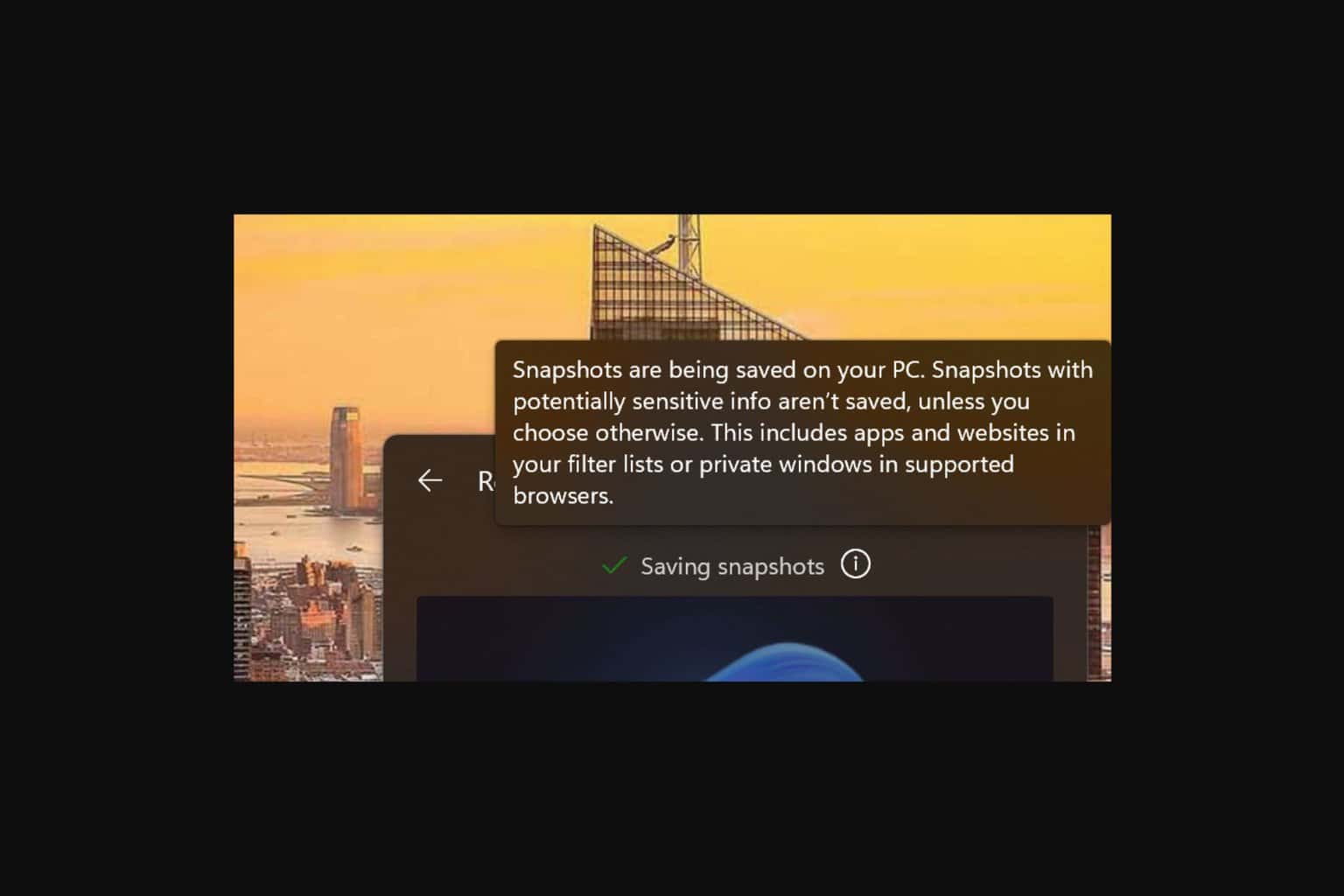
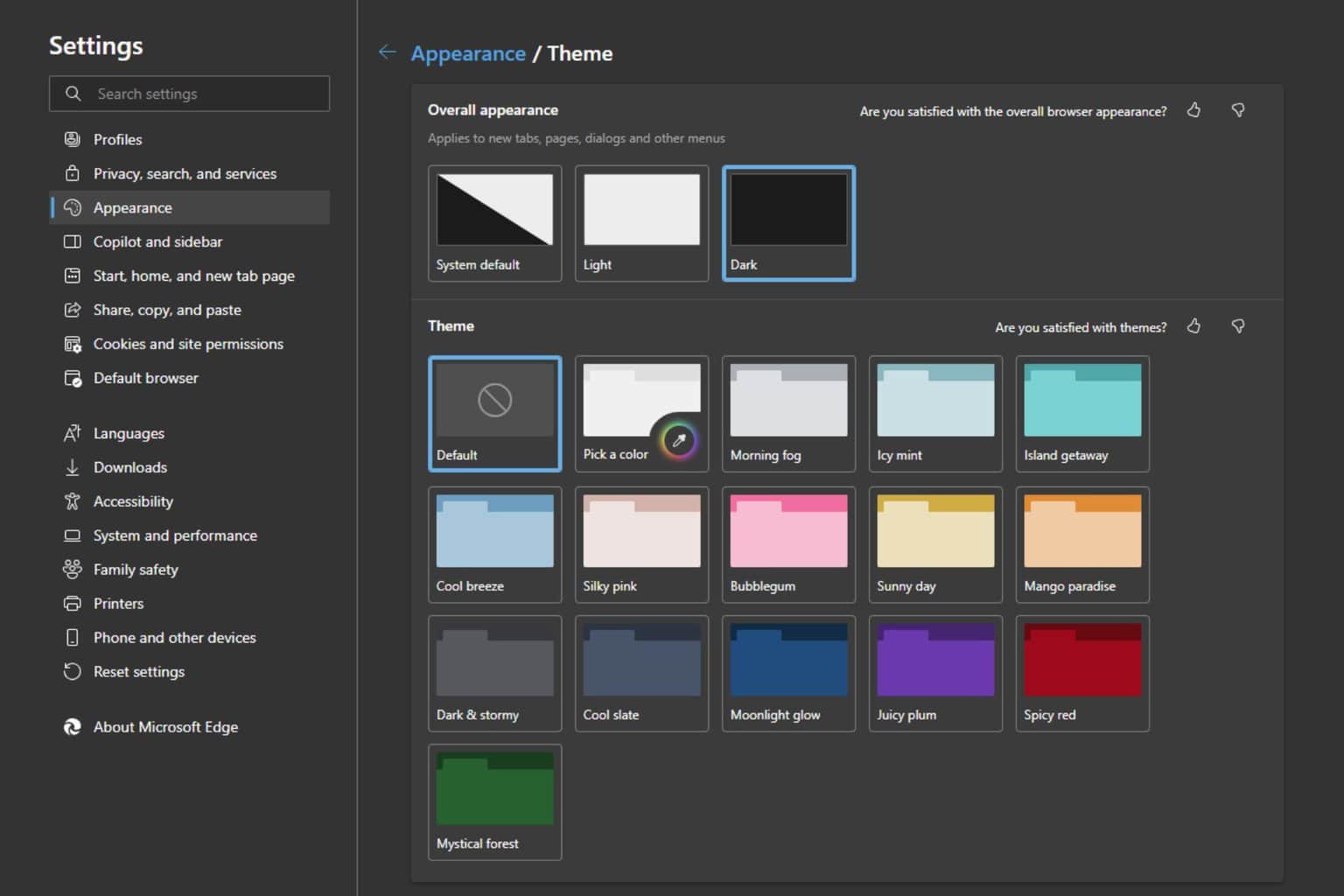
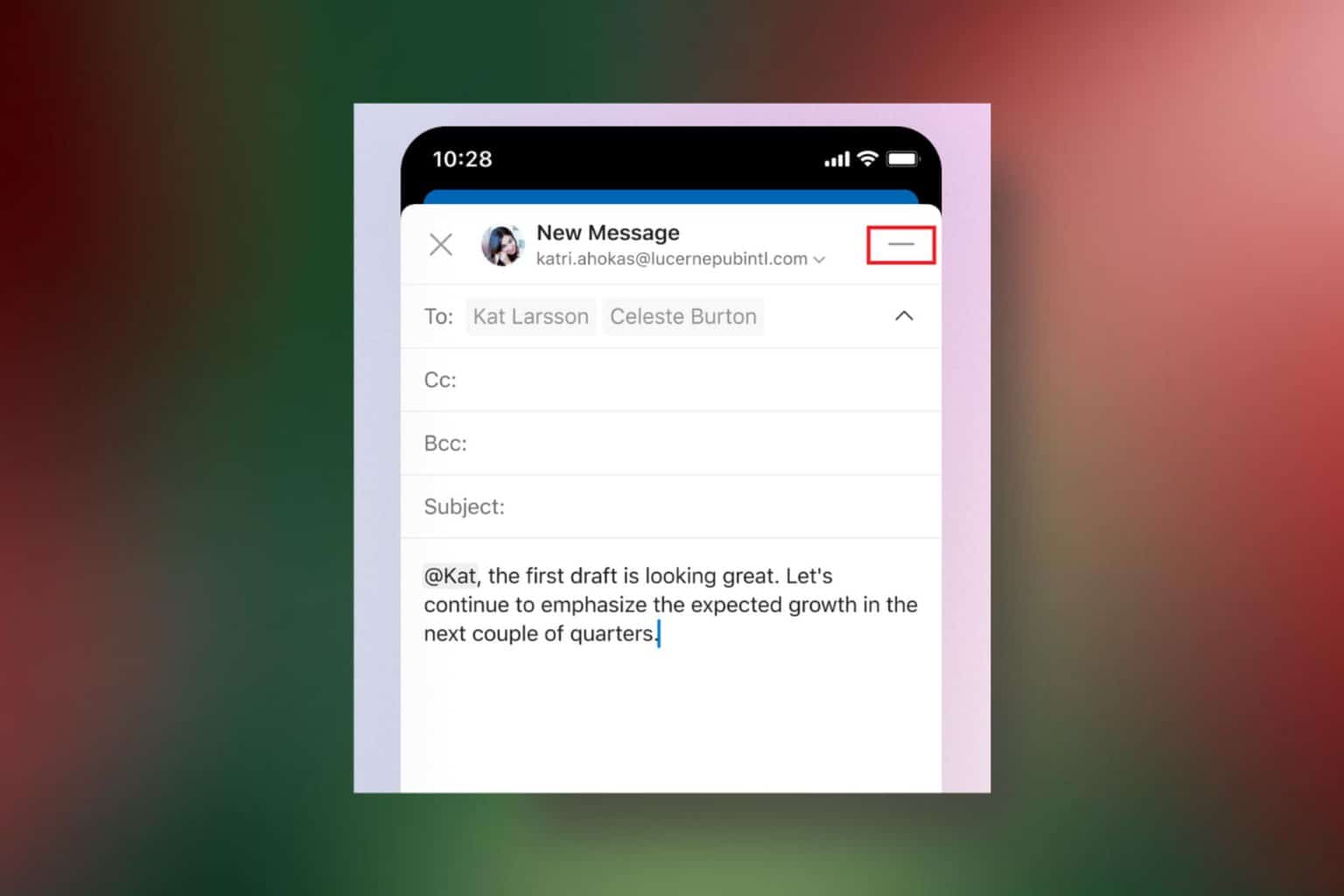
User forum
0 messages